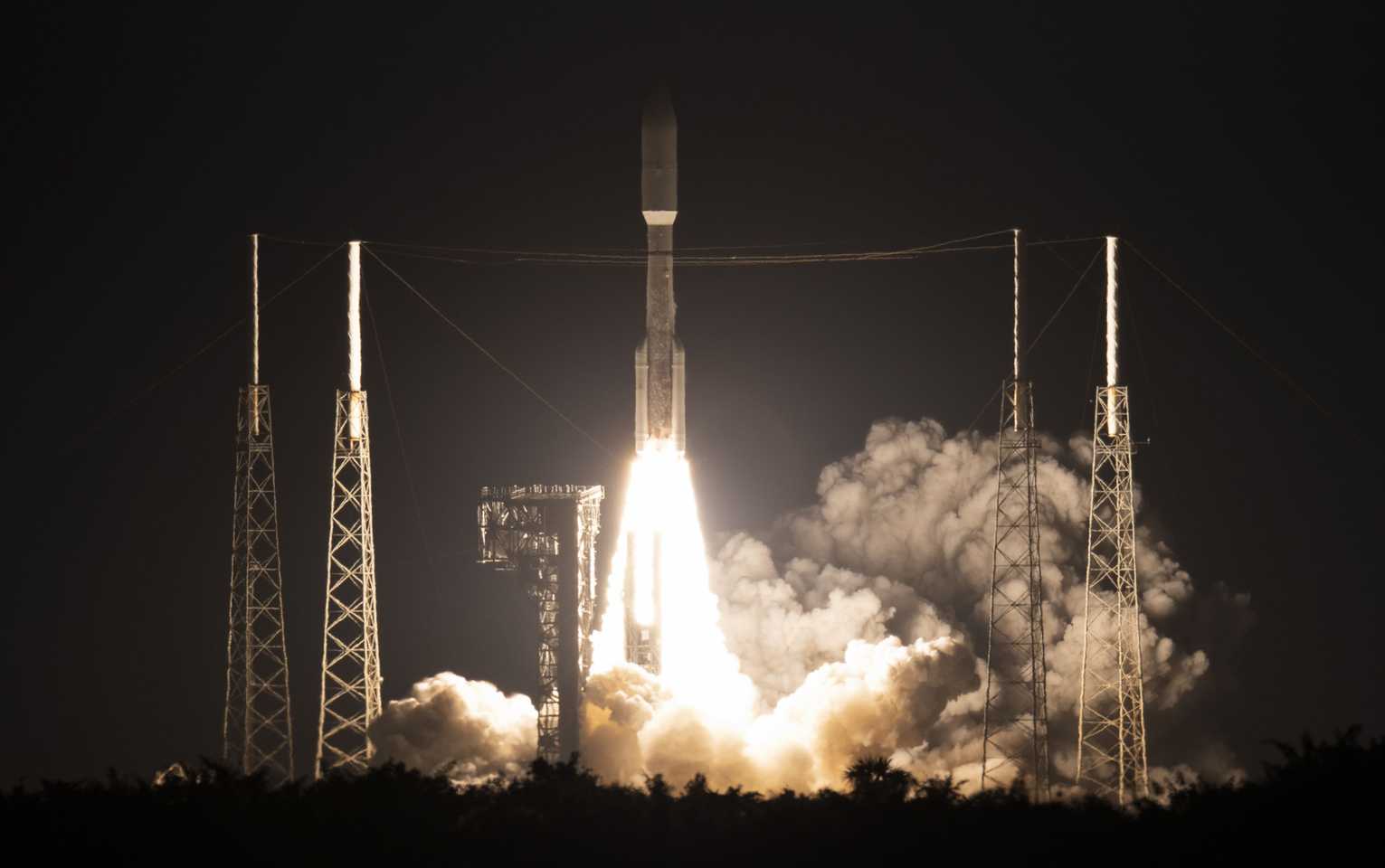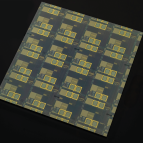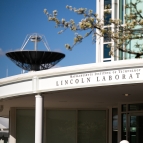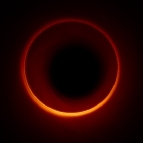Laser Communications Relay Demonstration

Since the beginning of spaceflight in the 1950s, radio-frequency (RF) waves have been the standard means of sending data to and from spacecraft. But modern science missions and human flight missions are demanding faster data rates to transfer larger amounts of data and higher-definition data like 4K video. Using infrared light instead of RF waves will enable 100 to 1,000 times more data to be transmitted back to Earth in a given time. Such optical, or laser, communications systems also demand less space, weight, and power than RF systems — translating to launch cost savings or expanded science payloads.
NASA is leading several programs to showcase the capabilities of laser communications. One program is the Laser Communications Relay Demonstration (LCRD), which creates a continuous path for data flowing from missions in space to ground stations on Earth. Capable of simultaneously sending and receiving data from missions and ground stations, LCRD is NASA's first two-way, end-to-end optical relay system. With this relay capability, a direct line-of-sight between user antennas or telescopes on Earth or on orbit is not required, in turn increasing communications coverage.

Drawing upon decades of experience in designing, building, and testing laser communications systems, Lincoln Laboratory researchers provided instrument designs and consultation on all the NASA-developed builds for LCRD. After launching into geosynchronous orbit in December 2021, the LCRD payload practiced sending test data to and from ground stations in Hawaii and California at rates up to 1.2 gigabits per second.

In June 2022, its two-year mission began, with researchers conducting various experiments to test system performance and refining the technology and operational processes accordingly. These experiments include gathering data on the effects of turbulence on the atmospheric links, fine-tuning the adaptive optics systems that compensate for turbulence, and running operational scenarios emulating (through software on the ground terminals) concurrent optical network services between multiple users initiating and terminating data flows. One of the highlights of the LCRD experiment program will be relaying data between a ground station and a real on-orbit user, a terminal (ILLUMA-T) on the International Space Station. The Laboratory continues to be involved in LCRD as a co-investigator, participating in regular meetings with NASA and NASA's Jet Propulsion Laboratory to plan and discuss results of experiments.



